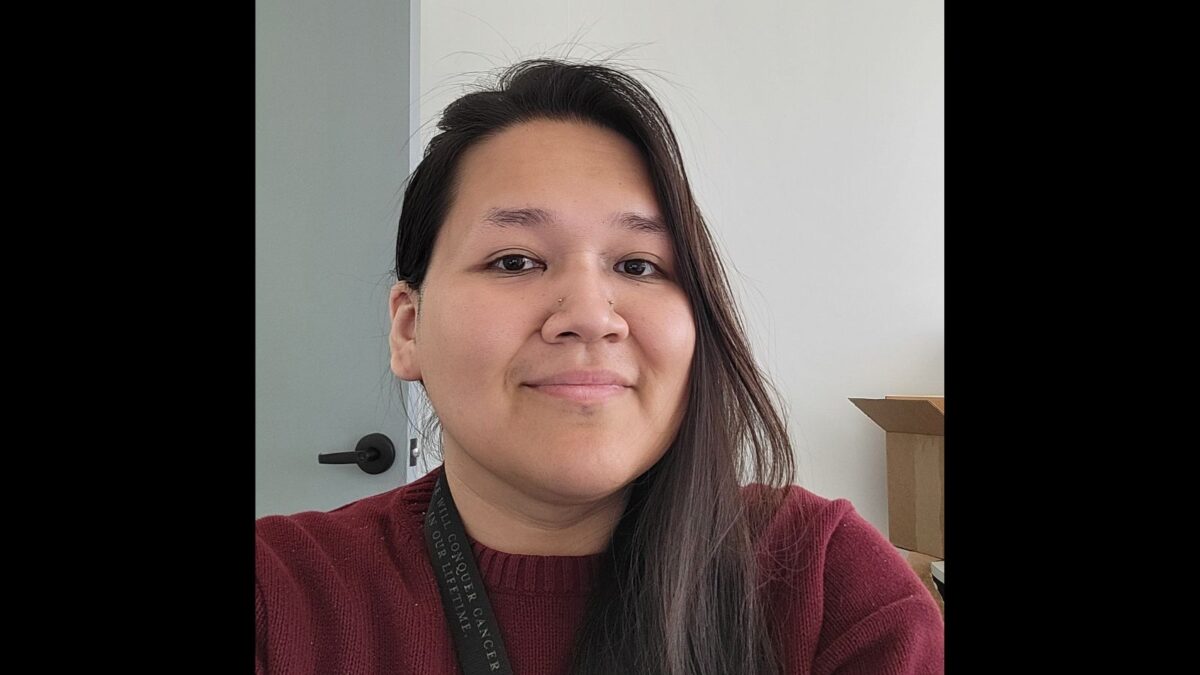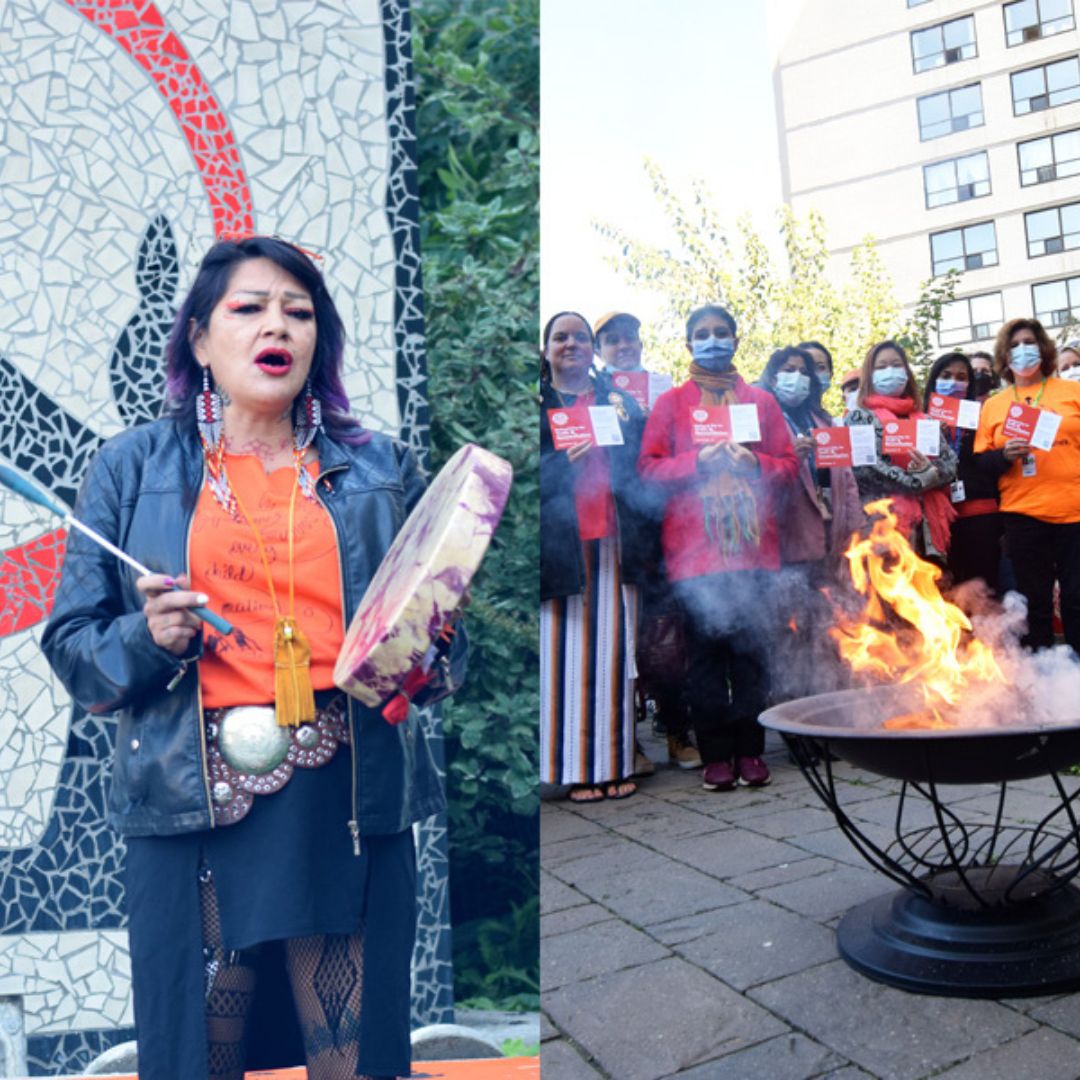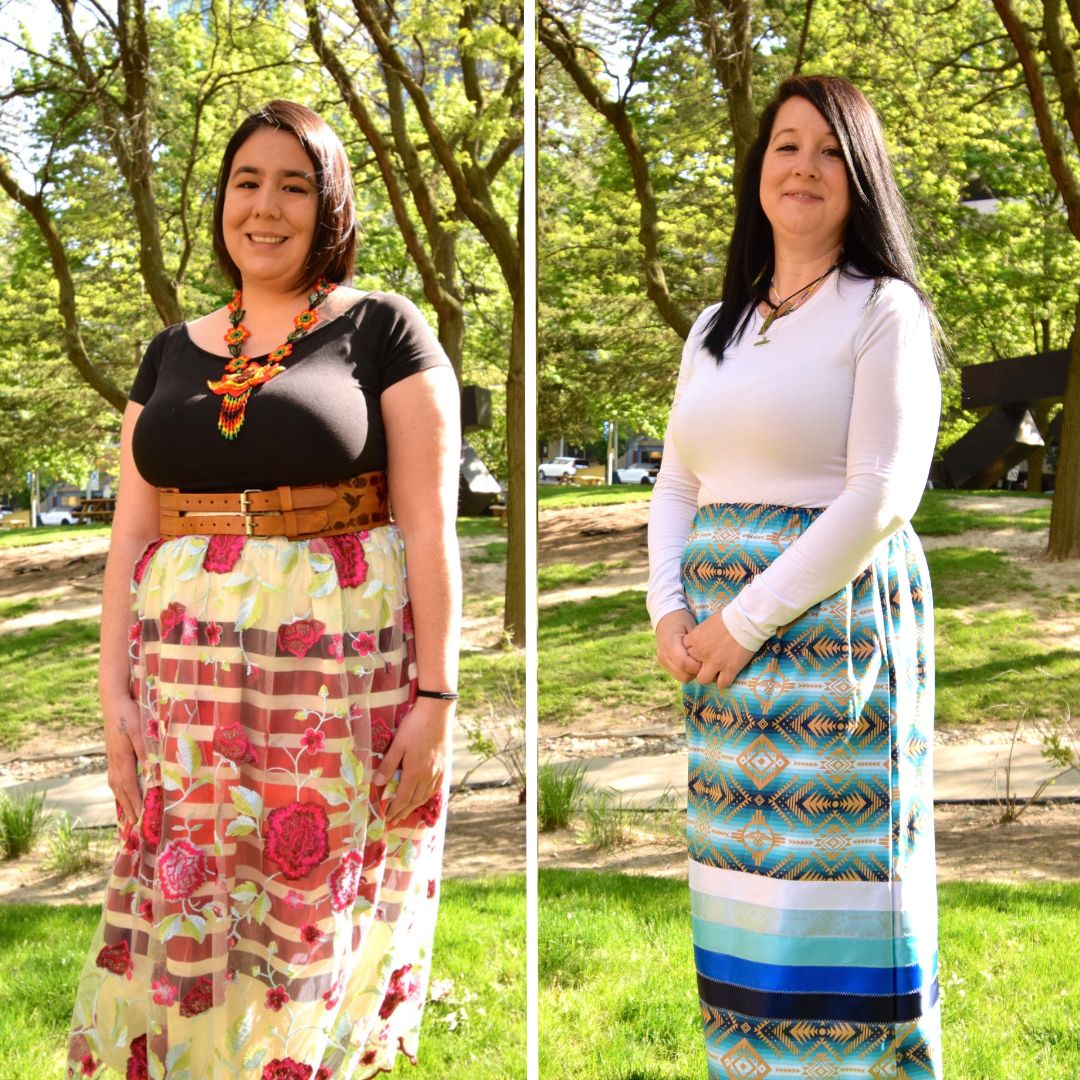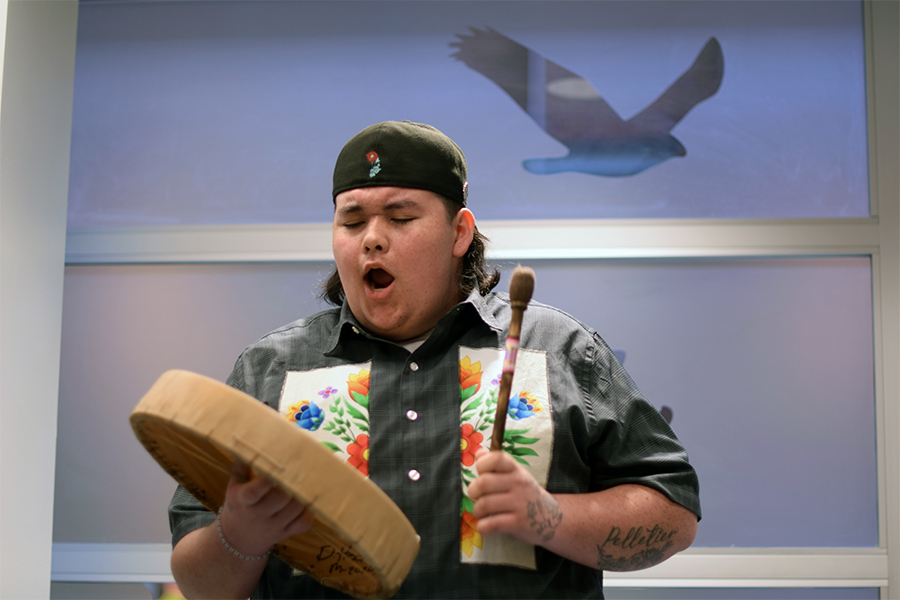
It’s a space for the community built by the community.
A first-of-its kind Indigenous Wellness Centre is open at UHN’s Toronto Western Hospital (TWH), offering a welcoming and gathering place, a space for Indigenous ceremony and traditional medicines, and a spot for patients, visitors and staff to learn more about Indigenous health and wellness.
“It’s supposed to be a community space, but also, for UHN at large, we want it to be a low-barrier, low-risk, ask-and-learn space,” says Dr. Mike Anderson, Strategic Lead for the Indigenous Health Program (IHP) at UHN.
“So much of the notion of reconciliation is tokenistic, words minus any action. But this is action and the institution deserves to be commended for it.”
As part of the effort to redress the legacy of residential schools and advance the process of Canadian reconciliation, UHN, through the guidance of the IHP, has committed to enacting and being accountable to the Calls to Action related to health care from the Truth and Reconciliation Commission of Canada.
Among them is effecting change within the Canadian health care system “to recognize the value of Aboriginal healing practices and use them in the treatment of Aboriginal patients in collaboration with Aboriginal Healers and Elders where requested by Aboriginal patients.”
The construction of the new centre at TWH, in the location of a former restaurant, began last fall. The preparatory work included architectural drawings developed in collaboration with an Indigenous design team and sourcing natural materials. Consultations to ensure smudging could be done without negatively impacting the hospital’s air ventilation and smoke detection system took time and the experience helps inform a model that could be used elsewhere.
“I like to think of it as we did 18 months of building a solid foundation and then over six months we put up a house,” Dr. Anderson says. “In the process, we built a better relationship with health care.
“If community members are feeling uncomfortable in other parts of the hospital, there’s now a place to go and feel safer. It builds trust when they look and say: ‘wow, an institution has invested in us.'”
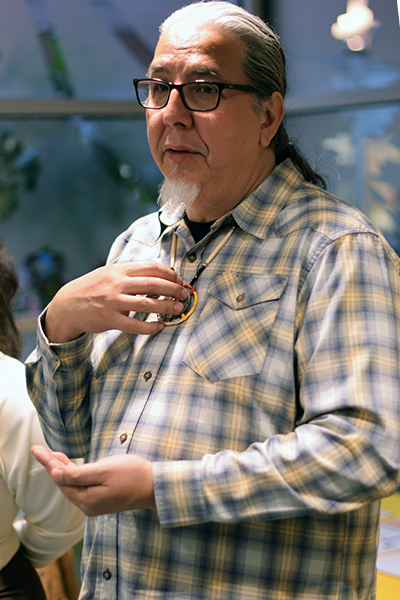
Members of the IHP and UHN’s Facilities Management – Planning, Redevelopment & Operations (FM-PRO) team worked with the Indigenous Design Studio of Brook McIlroy, fellow Toronto architectural firm C& Partners and PCL Construction to bring to life the cultural significance of the centre.
“The space footprint is quite small but the impact is huge,” says Danny Roy, a member of the Indigenous Design Studio, a collective of architects from diverse Indigenous backgrounds. “Having the IHP team guide the process, share their vision and see it come to fruition is really gratifying for all the teams.”
Indigenous perspectives are woven into the architecture of the centre. The front windows feature etched silhouettes of soaring eagles, cedar, sage, tobacco and sweetgrass. The floor is coloured to represent natural landscapes of the shield, river, forest, shore and lake.
Wood is a central element with a ceiling slat based on the Four Directions and a stunning feature wall with carved footprints of clan animals — cranes, loons, sturgeon, eagles, bears, martens, deer, foxes and turtles. A glass display case filled with items for ceremony sits on one wall and in the coming weeks pieces from Indigenous artists will be hung on other walls.
“This is groundbreaking because we’re allowed to practice our traditions, our culture, in our own way, and that is a step in the right direction towards truth and reconciliation,” says Clay Shirt, Traditional Knowledge Keeper in Residence at the University of Toronto’s Dalla Lana School of Public Health, who led a smudging ceremony, spoke and offered prayers as part of the centre opening. “Hopefully this sets the tone for all other hospitals.”
Sarah McKerracher, a research assistant at 2-Spirited People of the 1st Nations, says schools, hospitals and other institutions can be “inherently traumatizing and create a lot of anxiety” for some Indigenous people. To have a space like the new centre where they can go visit with fellow community members, sip cedar tea, talk to Elders and use traditional healing practices “will help lower barriers,” she says.
“It will make a hospital stay, which is not the usually the best time in someone’s life, a bit easier,” says Sarah, who was among numerous Indigenous community members attending the centre’s opening.
“Having a space like this shows the community that they matter, people are thinking about them.”
